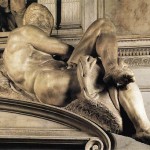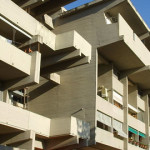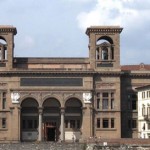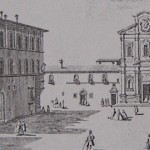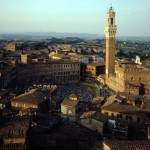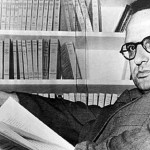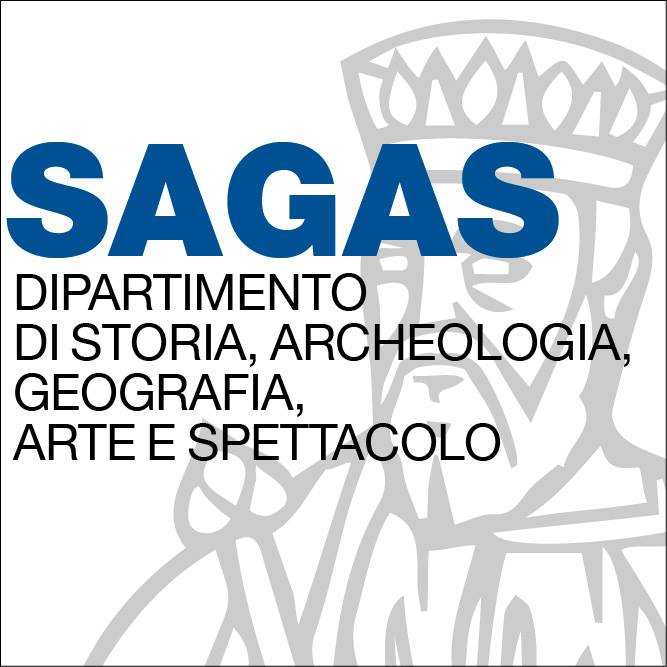Pierluigi Terenzi
Versione HTML: < http://duomo.mpiwg-berlin.mpg.de/STUDIES/study004/Terenzi-Maestranze.html >
Questo saggio analizza la forza lavoro dell’Opera di Santa Maria del Fiore durante la costruzione della cupola di Filippo Brunelleschi, con un approccio sistematico all’ampio corpus documentario offerto dall’edizione Gli anni della Cupola. L’analisi si basa sulle liste di individui autorizzati a lavorare in ogni semestre, contenute in fonti seriali di tipo amministrativo (ruoli), cui si aggiungono tutti i documenti riguardanti ciascuno dei lavoranti elencati. Attraverso il metodo prosopografico si ricostruiscono alcuni elementi essenziali per lo studio della forza lavoro (quantità di lavoranti e sue modifiche nel tempo, provenienze, qualifiche, salari, giornate lavorate), che vengono esaminati in prospettiva comparativa per evidenziare analogie e differenze con altri cantieri conosciuti. Inoltre si mettono in luce alcune specificità dell’Opera fiorentina, a partire dalla natura e dall’uso delle stesse fonti, seguiti dal sistema di reclutamento, dalla composizione per qualifica della forza lavoro, dalla consistenza del lavoro ‘regolare’, dalle possibilità di carriera e dall’impegno di alcuni maestri in attività non salariate. Il discorso, oltre che da tabelle e grafici nel testo, è accompagnato da undici appendici contenenti dati basilari, elaborazioni statistiche e profili individuali esemplificativi, utili sia a seguire la trattazione sia ad avere una rappresentazione immediata e sintetica degli aspetti analizzati.
This essay analyses the workforce of the Opera di Santa Maria del Fiore during the construction of Filippo Brunelleschi’s dome through a systematic approach to the vast documentary corpus offered by the edition The Years of the Cupola. The analysis is based on the rolls of individuals authorized to work each semester, contained in serial administrative sources, and on all the documents regarding every worker listed. The prosopographic method permits the reconstruction of essential elements for the study of the workforce (fluctuation of the number of workers employed over time, their provenances, roles, wages, the days worked), and these aspects are examined in a comparative perspective to identify similarities and differences with other known building sites. Furthermore, some peculiarities of the Florentine Opera are highlighted, starting with the nature and the use of the sources themselves, followed by the recruitment system, the composition of the workforce according to the qualifications recorded, the importance of steady work, career opportunities and parallel entrepreneurial activity undertaken by some master workmen. The discussion is supported by tables and graphs in the text as well as by eleven appendices containing basic facts, statistics and exemplary individual profiles, useful both as systematic documentation of the analysis and as a convenient digest of the issues […]
Download Pdf
Da: http://duomo.mpiwg-berlin.mpg.de/STUDIES/studies_ita.html
